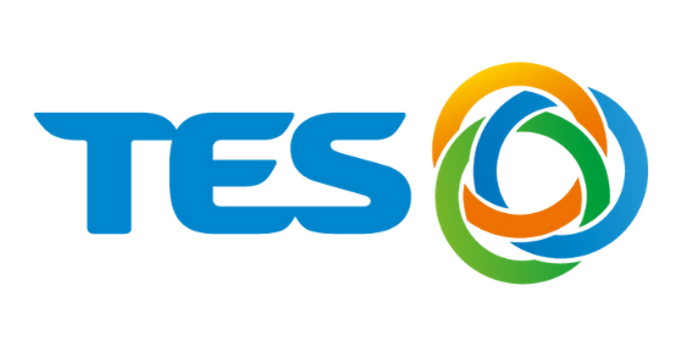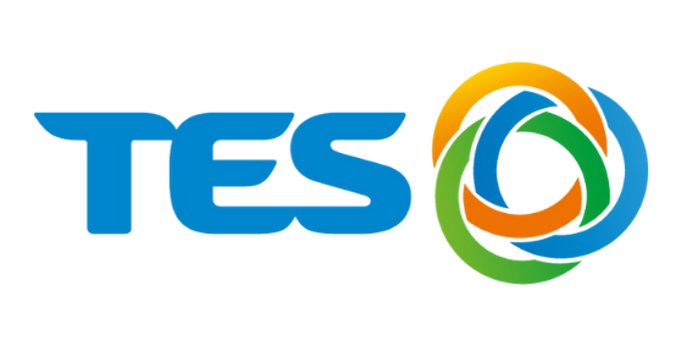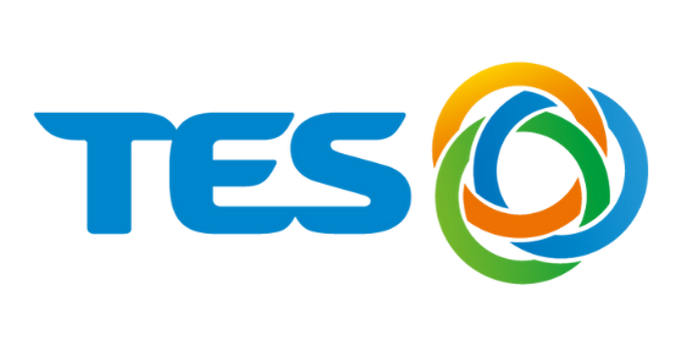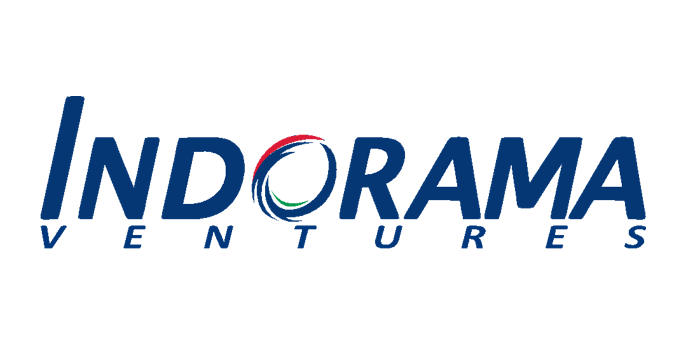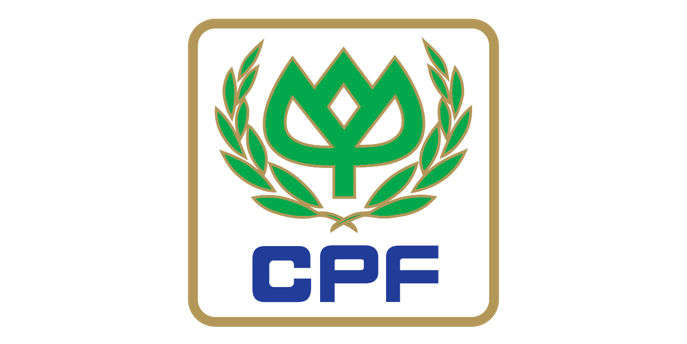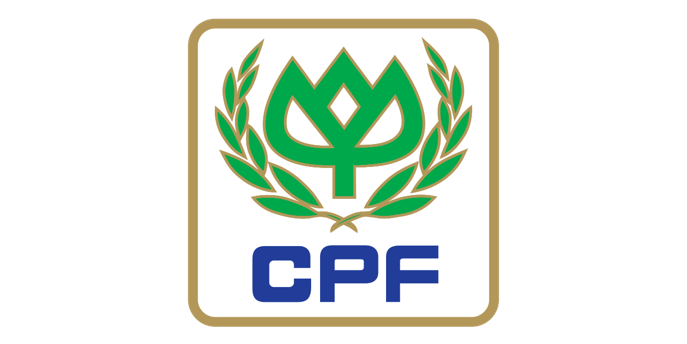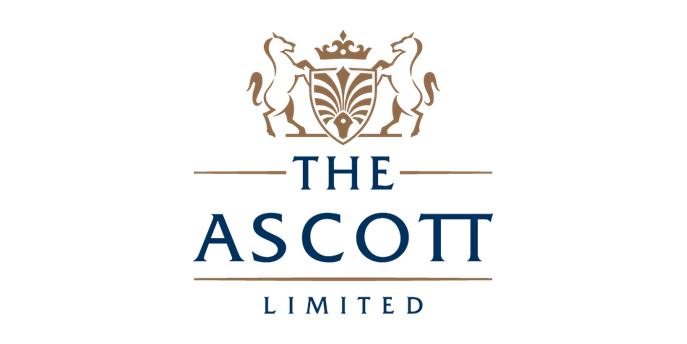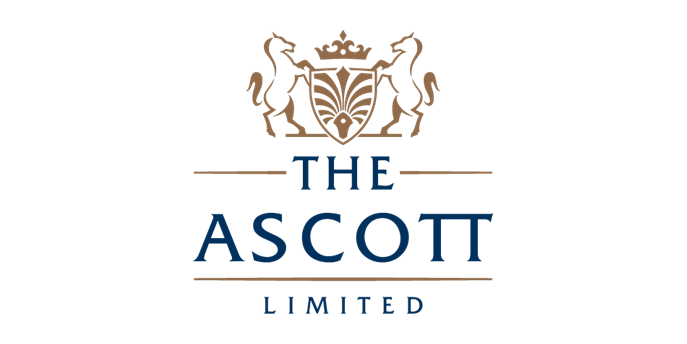TES (26 Apr 2022) - Problem Statement (3)
The grading of equipment (e.g., mobile phone, laptops, desktops, monitors etc) is an important step in our process to establish the condition prior to sale. The grade of the equipment is based on both function and form/condition.
Objectives:
TES would like to explore the possibility of automating whole or part of the current process. Some of the questions to be posed include:
- Can 3D image capture and AI be used to grade function and form?
- Can individual item grading be achieved at scale?
- Can technologies go beyond grading to determine the quantum of repair or refurbishment required?
- Could the image include barcode scan to capture key info such as age, specification and functionality as well as the cosmetic condition (perfect, cracked screen, major scratch, minor scratch, etc. ?
